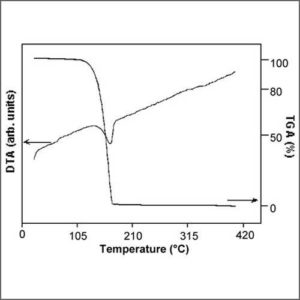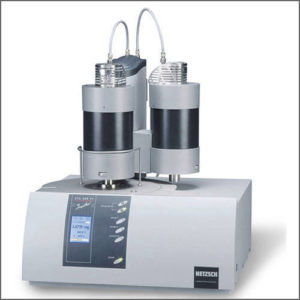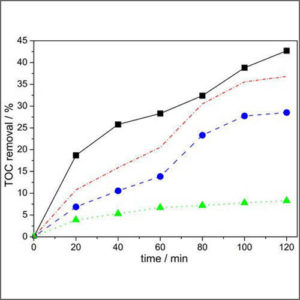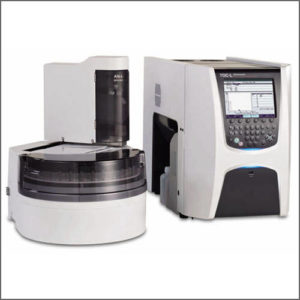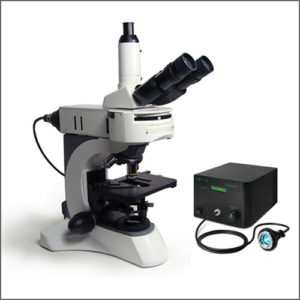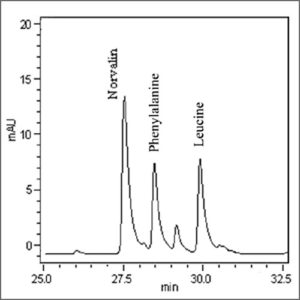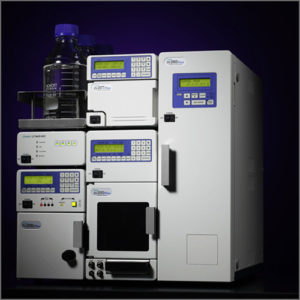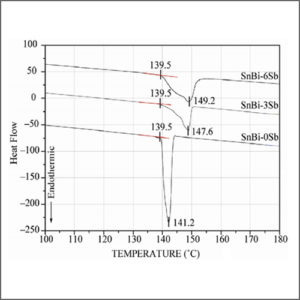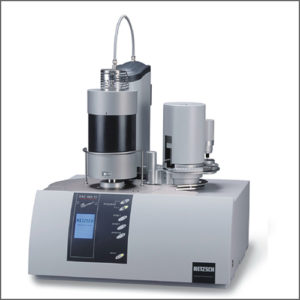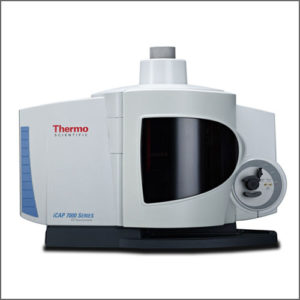Thermogravimetric – Differential Thermal Analysis (TGA-DTA)
Thermogravimetric – differential thermal analysis is used to measure the change of physical and chemical properties of materials with high temperature.
- Description
|
Testing Method |
Thermogravimetric – Differential Thermal Analysis (TGA-DTA) |
|
Description |
Thermogravimetric analysis, or thermal gravimetric analysis, (TGA) is a method of thermal analysis in which changes in physical and chemical properties of materials are measured as a function of increasing temperature (with constant heating rate), or as a function of time (with constant temperature and/or constant mass loss). TGA can provide information about physical phenomena, such as second-order phase transitions, including vaporization, sublimation, absorption, adsorption, and desorption. Likewise, TGA can provide information about chemical phenomena including chemisorptions, desolvation (especially dehydration), decomposition, and solid-gas reactions (e.g., oxidation or reduction).
TGA is commonly used to determine selected characteristics of materials that exhibit either mass loss or gain due to decomposition, oxidation, or loss of volatiles (such as moisture). Common applications of TGA are (1) materials characterization through analysis of characteristic decomposition patterns, (2) studies of degradation mechanisms and reaction kinetics, (3) determination of organic content in a sample, and (4) determination of inorganic (e.g. ash) content in a sample, which may be useful for corroborating predicted material structures or simply used as a chemical analysis. It is an especially useful technique for the study of polymeric materials, including thermoplastics, thermosets, elastomers, composites, plastic films, fibers, coatings and paints. Discussion of the TGA apparatus, methods, and trace analysis will be elaborated upon below. Thermal stability, oxidation, and combustion, all of which are possible interpretations of TGA traces, will also be discussed.
Differential thermal analysis (DTA) is a thermoanalytic technique. similar to differential scanning calorimetry. In DTA, the material under study and an inert reference are made to undergo identical thermal cycles, while recording any temperature difference between sample and reference. This differential temperature is then plotted against time, or against temperature (DTA curve, or thermogram). Changes in the sample, either exothermic or endothermic, can be detected relative to the inert reference. Thus, a DTA curve provides data on the transformations that have occurred, such as glass transitions, crystallization, melting and sublimation. The area under a DTA peak is the enthalpy change and is not affected by the heat capacity of the sample. A DTA curve can be used only as a finger print for identification purposes but usually the applications of this method are the determination of phase diagrams, heat change measurements and decomposition in various atmospheres. DTA is widely used in the pharmaceutical and food industries. |
|
More Information |
Wikipedia: Thermogravimetric Analysis ; Differential Thermal Analysis |

